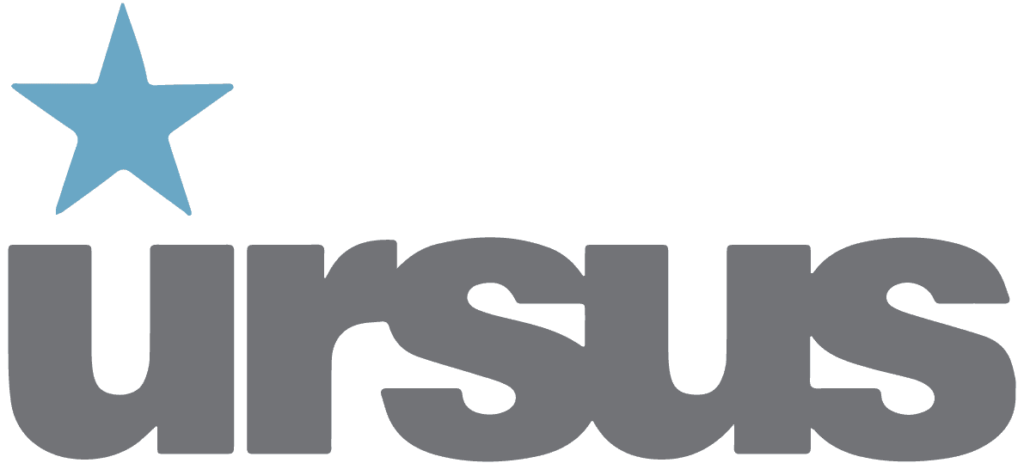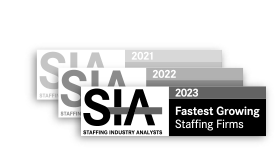It was one of the, if not most, iconic lines in the 80’s movie classic, ‘Top Gun’. It happened while Tom Cruise, as Maverick, and his co-pilot “Goose” were prepping for flight. “I feel the need, the need for speed” applies not only to flying multi-million jet fighters, but to many other disciplines. Two that immediately come to mind: 1) bidding on a house and 2) trying to hire a technical resource in Silicon Valley. So how, you ask, are these disciplines even remotely related to one another? Please, allow me to explain!
Any one attempting to buy a home in the San Francisco Bay Area knows (or will quickly learn) that if you don’t have your proverbial ducks in a row – loan pre-approval letters, credit reports, references, inspection agencies ready to review properties, and being mentally prepared to present an offer at or above asking price – you are not prepared. In short, being serious about buying a home in this part of world requires preparation for all possible outcomes, with all required documentation ready to rock when offers are due (because you won’t have any time to think beyond deadlines mandated by sellers). Oh, and sorry if you need your wife, parents, or best friend to see the house a day or two later, want to ask for contingencies, or you need to “take a day or two to think about it.” If you’re not ready to make the jump to light-speed right then and there, you may as well not bid at all because you’ve already missed out; if you aren’t committed to the insanity of this process and ready to make rapid decisions, renting might be a better option (although that can prove to be just as, if not more, competitive).
I speak from personal experience, having learned all the above the hard way when I set out to purchase my first Bay Area home. I was continually outbid or, when I tried to get cute by presenting contingent offers, would proceed to lose the bid. It wasn’t until my broker finally sat me down over a cup of coffee and gave me the tough love I needed. “Dude, when I tell you that you need to move faster, I’m not suggesting that you make reckless decisions, but that you make purposeful decisions.” Moving quickly, or with speed, does not automatically equal recklessness or irresponsibility. It means having everything lined up to move through the process quickly while being mentally focused and prepared to make decisions. My hiring managers, all of whom I value, respect and in some cases love, know this; the workforce is more mobile and flexible than ever. Candidates change jobs more regularly, with more employment options like remote working, group hiring and outsourcing. There are more choices now than ever before.
Make no mistake, it’s still a seller’s (read: candidates) market. The best candidates will still be in demand, as always, and the previously generally accepted four to eight weeks interviewing process is still far too long. We all need to recognize that the very best candidates count their idle period in days, not weeks. How do we address this need for speed across IT recruiting? Three thoughts to consider:
- Create and clearly communicate your hiring plan and process. Make certain your hiring process is communicated and accepted by internal stakeholders and candidates. Make certain that all participants understand and can comply with defined timelines for interviews, feedback and decisions.
- Understand, revise, and build consensus in your hiring criteria. Hiring managers are usually given a set of criteria, from the top down, to find talent. Often these requirements are created by Human Resources generalists who are not familiar or versed in your technical lexicon, let alone in the soft skills that are, in many cases, unique and/or demanding, all of which ultimately determine a successful hire. Push back! The job overview is your Technicolor advertisement to the market, so if it’s inaccurate you’ve lost a golden opportunity. Taking care to build a compelling, thorough- and yes, sexy – job description will go a very long way when locating and hiring top talent; it allows a hiring manager or recruiter to be more selective with candidates they choose to bring in for interviews, accelerating the hiring process and, in turn, securing the best candidates at a much faster rate.
- Contract To Hire – Test-drive candidates. Contract to Hire (CTH) is common practice for companies to impose what is effectively a paid test-drive or probation period to ensure the new hire is a good fit for the position and works well with the team. This allows companies and teams to gain hands-on experience and work directly with an incumbent. This technique may seem somewhat unorthodox, but remember that it also allows prospective employees to test-drive your company. You may be looking to hire amazing talent, but candidates are also looking for the perfect company; a company where they will not only feel comfortable, but also excited to be a part of your team, investing their talent and energies to build a long career. CTH also mitigates risk for all since contractors do not come with the full-time employee burden. If there isn’t a good fit, the contract may be terminated at any time.
As an employer, it’s critically important to understand that every day you haven’t filled a position that solves a business problem, you and your company are losing money. Missing out on the best talent in a competitive market because your rivals are more decisive won’t fly since it’s avoidable (see above)! Please let me reiterate. I’m not promoting reckless, capricious decisions for the sake of speed. Without question, a bad hire can cost your business thousands of dollars and set projects back for months. However, flip that scenario and remember that delaying a hiring process or hiring decision can cost you and your business dearly, too.












